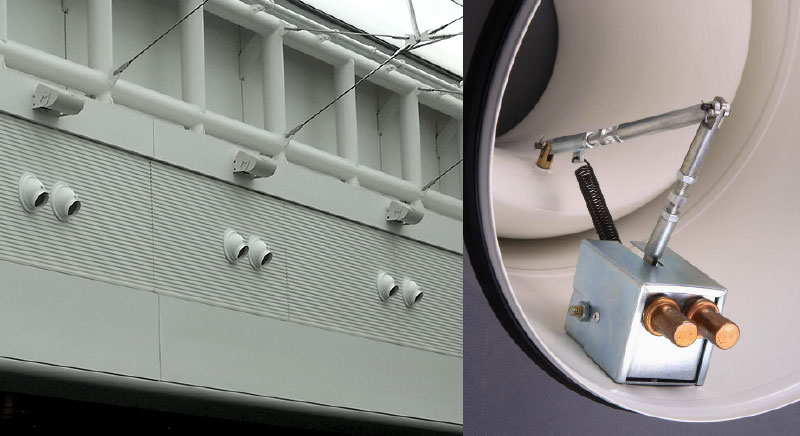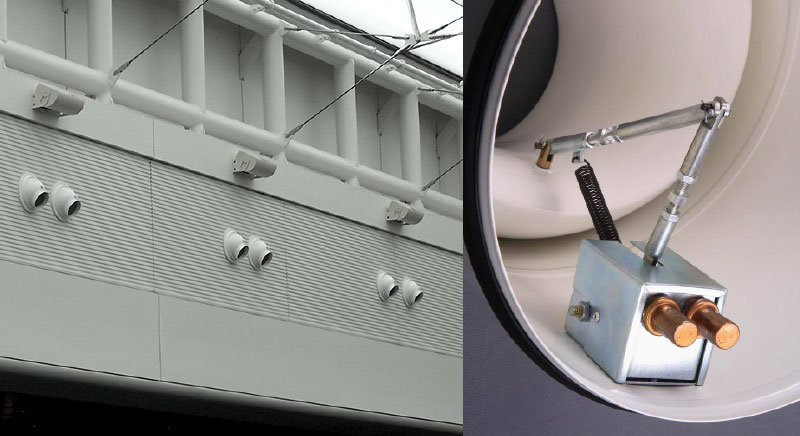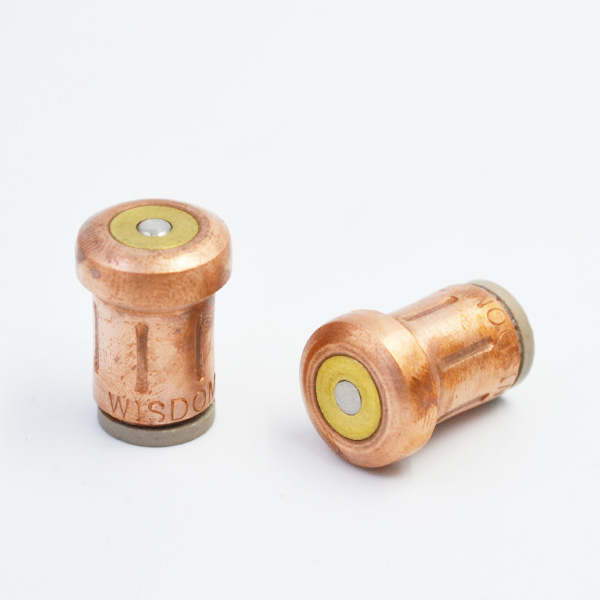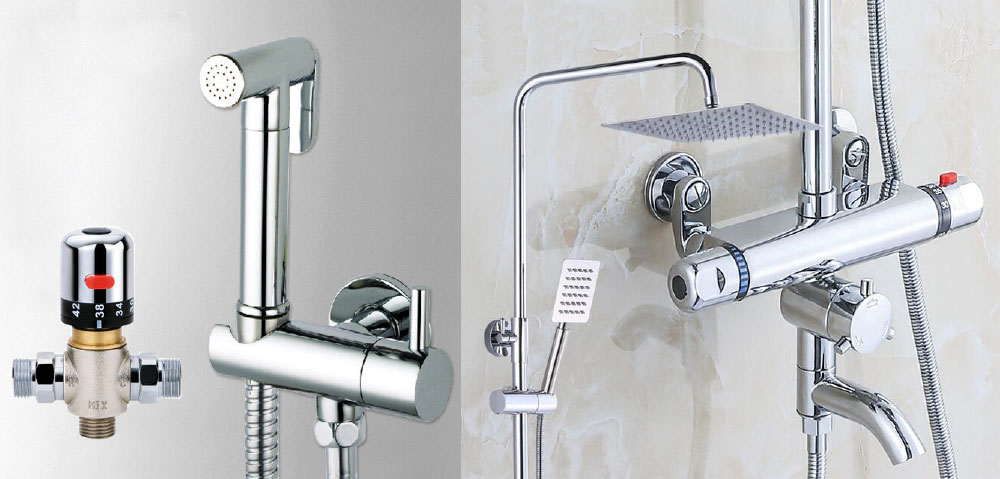This paper introduces the working principle and related circuit of the control system of the liquid feeder. On the premise of ensuring safe use, it can reduce the cost of the liquid feeder and improve the accuracy of measurement. An ATmega128 MCU-based control system is designed. The MCU is used as the core control chip, thermostatic element Coriolis mass flowmeter and DC1300 type pressure transmitter are used to complete the automatic collection of flow and pressure signals respectively. At the same time, the collected signals are sent to the MCU to complete the corresponding PI control according to the set value of the system. Finally, the realization method of the program is discussed, and the improved PI algorithm is tested, and the simulation results are given. At present, many domestic liquid dispensers adopt the method of double gun and double metering, among which “double gun” refers to a liquid filling gun and a gas return gun; “double metering” refers to the flowmeter connected in series with the liquid filling gun and the gas return pipe respectively. When adding liquid, the adding machine measures and calculates the difference between adding liquid and returning gas respectively, so as to get the amount of adding liquid. At present, the relative error of the liquid feeder is about 0.5%. However, because of its high cost, some domestic filling machines adopt the method of double guns and single metering, that is to say, the flowmeter in the return gas pipeline has been removed. The relative error of this kind of feeder increases obviously, the maximum is about 5%, but the cost is reduced to a great extent.

In addition to the cost and accuracy problems, most of the domestic filling machines have the problems of instantaneous high pressure impact when they are running, and even some filling machines have potential safety risks such as leakage. The so-called high-pressure impact refers to the instantaneous high-pressure impact caused by the submersible pump operating at high frequency when the valve of the filling machine is switched or cut off. The bigger the flow rate is, the more obvious the impact is and the more serious the consequences are. In recent years, with the introduction of foreign spray-type vehicle bottle technology (liquefying the gaseous LNG in the bottle during the filling process), the use of single-gun single-Meter filling machine has laid the foundation. Based on its principle, this paper designs a single-gun single-metering liquid feeder controller, with AVR single-chip computer as the core, through the control of solenoid valves, regulating valves, in order to regulate the working mode of pressure operation, adjust the inlet pressure of the liquid feeder, to solve the current problems arising in the operation of the liquid feeder. In order to better understand the operation of the filling machine, the working process of the whole filling station is briefly introduced: liquefied natural gas (LNG) flows into the submersible pump of the filling pry from the storage tank, after the pressure is raised by the submersible pump, the liquid inlet of the filling machine flows into the filling machine. The working flow of the filling machine is shown in Figure 1.

Similar to other liquid feeders, the designed liquid feeder in this paper includes three processes: small cycle pre-cooling, large cycle pre-cooling and liquid feeding. Small cycle precooling is to precool the flowmeter, open the precooling solenoid valve and control the opening of the regulating valve, so that the pressure of LNG in the pipeline can be stabilized to the initial set value L MPa. LNG flows back to the tank through the regulating valve, flowmeter and pre-cooling shut-off valve. Because of the low pressure of the tank, the small cycle will quickly pre-cool to the set temperature. When the small cycle is completed, the feeder is automatically switched to the large cycle pre-cooling, that is, the pre-cooling of the feeding gun. Open the filling solenoid valve and turn off the pre-cooling solenoid valve. LNG flows back to the storage tank through the regulating valve, flowmeter, filling cut-off valve, filling gun and one-way valve. When the large cycle precooling meets the requirements, the control valve is slowly shut down, and the liquid-filled solenoid valve is shut down. At this time, the precooling is completed and the pipeline is filled with LNG. The automatic switching from small cycle precooling to large cycle precooling can prevent the frequent start and stop of the regulating valve valve and simplify the operation of personnel. When the pre-cooling is completed, the design first controls the shutdown of the control valve, instead of directly controlling the shutdown of the solenoid valve, so as to prevent the instantaneous high-pressure impact caused by sudden change of flow rate and lagging reaction of the submersible pump. The liquid is added after the pre-cooling is completed. Open the solenoid valve, collect the pressure P (t) and instantaneous flow V (t) in the pipeline, compare V (t) with the set value v1. Control the valve opening by PI arithmetic, so that the flow V (t) in the pipeline of the feeder can be stabilized to the set value v10.
As LNG enters the vehicle bottle through flowmeter, filling cut-off valve and filling gun, the high pressure (no more than l MPa) gaseous natural gas in the vehicle bottle will be liquefied again, and the pressure Po in the bottle will be reduced. In order to keep the flow rate in the pipeline unchanged, the pressure difference [P(t) -Po] must remain unchanged, that is, the pressure in the pipeline decreases. When p(t) = lMPa, the pressure control stage is transferred. P (t) is compared with the set value of 1MPa, and the pressure in the pipeline is stabilized under 1MPa by PI algorithm. When the filling is completed, the flow in the pipeline is reduced by controlling the regulating valve, so that the submersible pump is in low frequency operation, and then the filling solenoid valve and the regulating valve are shut off.
Regardless of the pressure level in the vehicle bottle, this design will automatically regulate the pressure to make the filling machine run under lower pressure, so as to reduce the probability of accidents and improve the safety and reliability of the filling machine.

Firstly, the 4-20mA current signal from the pressure transmitter is converted into voltage signal by resistance R34. Then, it is fed into the ADC port of the single chip computer (Atmega128) by integrated operational amplifier module. See Figure 2, where E_AIO receives the H {terminal of the pressure transmitter signal and ADINO receives the ADC input port of the single chip computer. High-speed bidirectional diode D3 combines with resistance-capacitance filter circuit to protect the interface from clamping. The integrated operational amplifier LM324 is used as a voltage follower to isolate and buffer the signal and improve the signal accuracy by improving the input impedance. The voltage signal collected by the single chip computer is converted and operated by 10 bit A/D converter inside the single chip computer. The digital signal is converted into analog current signal by D/A converter.

The output current is finally converted to Ioutc by operation amplifier A1A2 and transistor Vri and VT2. By adjusting zero-adjusting potentiometer RP1 and range-adjusting potentiometer RP2, the 4-20mA DC current signal can be output to drive and regulate. The detailed circuit of the valve is shown in Figure 3. If incremental PI control algorithm is used, truncation error will inevitably occur, which will be accumulated step by step, resulting in larger error. Therefore, position PI algorithm is adopted in this design. K1 – Integral coefficient. In the digital PI control system, when the system is on or off or changes the given value dramatically, the output of the system will have a large deviation. After the accumulation of integral terms, it will easily cause “saturation” phenomenon, which will affect the control effect. The basic idea of this design is: when calculating u (k), we first judge whether u (k-l) exceeds the limit. If u (k-l) exceeds umax, we only accumulate negative deviation, and add kmax-u (k-l) into the integral term, where ks. For inhibition coefficient. Therefore, the control volume is not easy to enter the saturated region, even if it enters, it can quit quickly, which improves the output characteristics of the system.
In this control system, the control process should be as smooth as possible. In order to avoid the frequent control actions and eliminate the vibration caused by them, an insensitive zone B, i.e. PI control with dead zone, can be set up. When K (k) = B, the value of u (k-l) is assigned to u (k), and the control quantity is output. Only when Le (k) I > B, the control quantity is calculated by PI formula. Dead-zone B is an adjustable parameter. The B value is too small and the adjusting action is too frequent to achieve the purpose of stable control. The B value is too large, which will produce a great pure lag, so it should be decided according to the actual situation. This design chooses C language when programming in Windows environment, uses ICCAVR V6.31 version software as development platform, and cooperates with AVR Studi0 4.0 to debug the operation of single-chip computer system. According to the PI algorithm mentioned above, the timing interruption mode is used to realize the process after the startup of the liquid feeder. The flow chart of the program is shown in Figure 4. Under Simulink, the PI control algorithm system simulation diagram is established. The step function is used as input signal, and two Switches (selection switch) and one Memory (memory module) are used to realize it. After exceeding the output limit, only the negative deviation part is accumulated, and the integral suppression part is accumulated by using the deviation of Saluralion (integral saturation module). When the output exceeds the limit value, the integral effect can be suppressed quickly, so that the system will not enter the integral saturation.

According to the dynamic characteristics of the inertia link of the actuator of the control valve, the transfer function of the control valve can be obtained: k, a – constant, and the values of K and a of different actuators are different. The K value and a value of DZRHP electric cryogenic control valve are 3.
8 and 0.6 respectively. The sampling period is set to be 0.1s, the proportional coefficient Kp is 5, the integral coefficient Ki is 2, the inhibition coefficient Ks is 2.3, the step input amplitude is 4, the Umax limit value is 5, and the insensitive region B is 0.05. Firstly, the basic PI algorithm is simulated, and the results are shown in Fig. 5. It shows that there will be a large overshoot in the general PI control algorithm, accompanied by integral saturation, which makes the output curve of the actual system worse. After using PI algorithm with limited suppression integral, the suppression coefficient Ks is first set to l, and its simulation waveform is shown in Fig. 6.
The integral saturation phenomenon still occurs in the output of the system, which is caused by the small inhibition coefficient. If the suppression coefficient is too high, as shown in Fig. 7, although the integral saturation phenomenon is suppressed, the rising time of the output curve becomes longer and a small oscillation occurs, which makes the control performance of the system worse. It is also important to take Ks as 2.3. As shown in Figure 8, the output curve becomes smoother, the overshoot decreases, the adjustment time becomes shorter, and the control performance of the system is improved. In this design, ATmega128 MCU is used as the core chip. According to the actual situation, the control mode is improved, and the PI control algorithm of limited restraint integral is used. Through the feasibility analysis of single gun feeder and the control of control valve, the method of automatic pressure regulation is put forward to solve the problem of instantaneous high pressure impact of submersible pump on the feeder and leakage during filling.
The reliability of the feeder is improved, the relative error of the feeder is reduced, and the error measured by multiple weighing is about ( 0.1%). The simulation results of PI control algorithm show that the controller can eliminate the harm of integral saturation to the system and make the system run safely and steadily.
